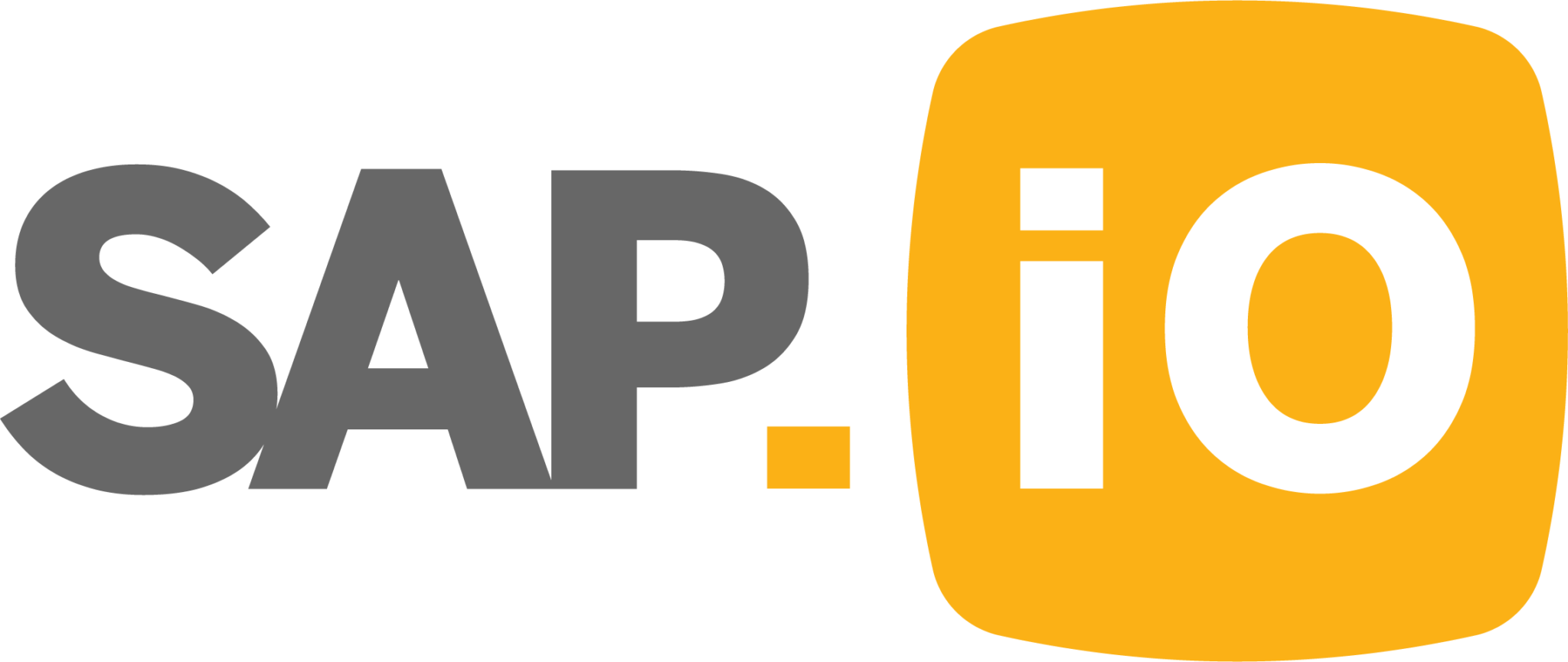The holiday gift-giving season is just around the corner, and businesses are hopeful for a strong year-end due to the opening of the economy and the expected lift of the U.S. travel ban. Adobe Analytics forecasts a record-breaking online shopping season, which could top $200 billion.
Factoring in the ongoing challenges around Covid-19, the flu season and the growing adoption of models like buy-now-pay-later and curbside pickup — as well as recent supply issues — in order to avoid empty shelves, companies will need to tap into new data sources to anticipate and meet rising consumer demand.
Buy-Now-Pay-Later (And Hopefully Deliver)
Supply chains and stockouts remain the main issue in front of most businesses ahead of the holiday season. According to Adobe’s holiday forecast referenced earlier, out-of-stock messages are up 172% from the pre-pandemic period. These messages are primarily driven by supply chain factors, including forecasted inaccuracies and strained logistics networks. Ever since the start of the pandemic, we’ve witnessed sudden spikes in demand for unforeseen categories — from toilet paper to thermometers. While the reasons for most of them are clear in hindsight, companies must adapt quickly to stay close to consumer trends.
During the pandemic, we’ve also witnessed reformed consumer behavior and habits when it comes to health, ethics and sustainability. Additionally, they now demand the same commitment from brands and are ready to act and boycott to drive that change.
In this new market dynamic, narrative is king, and a brand’s story has become overwhelmingly shaped by consumers through their reviews, blogs and social media posts. A McKinsey survey reports that 33% of Gen Z consumers and about 12% of boomers choose to buy from companies that align with their values. Businesses must recognize that this will not be a one-time adjustment of strategy but a new competitive factor to consider.
Some of the key questions that need to be addressed immediately include: How quickly can brands embrace change in consumer values, preferences and habits, and to what extent (if at all) can they spot the early signals?





